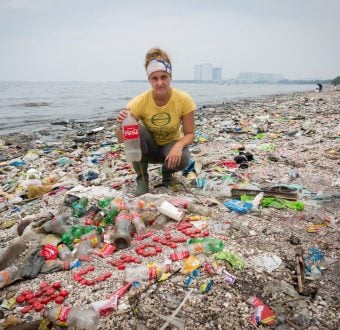Chemical accidents are under reported and no federal agency
keeps a complete record. Between 1987 and 1994, more than 3,000
chemicals accidents were reported in the U.S. of more than 10,000
pounds of hazardous material.
More people that live and work as far as 25 miles from dozens of
chemical plants such as Dow, Georgia Gulf, Vulcan and Dupont are at
risk of accidents. The groups released data on 50 danger zones that
blanket a corridor 25 miles wide from Baton Rouge to New Orleans
and the Lake Charles area in southwest Louisiana.
The same company reports include worst case scenarios and
alternative scenarios, including toxic chemical releases, fires and
explosions. The Dow plant in Plaquemine reported a worst case
accident involving the release of hydrogen chloride that could put
370,000 people at risk. Dow’s alternative scenario projects a
smaller danger zone of 6.9 miles that puts 31,000 people at risk
from a chlorine leak.
Thirty-two of the 50 facilities investigated have reported
accidents in the last eight years. These accidents have included
worker injuries, evacuations, “shelter in place” emergency
procedure and millions of dollars in property damage.
Greenpeace and the Working Group on CRTK collected this alarming
data from the US EPA reading room in Washington, D.C. The data
released today is for companies reporting worst case scenarios that
could put 100,000 or more people at risk.
The 1984 Union Carbide chemical leak in Bhopal, India killed
more than 2,000 people and injured more than 100,000. This
accident, the largest in history, prompted accident prevention
provisions in the 1990 Clean Air Act. Chemical companies, however,
claimed terrorists could use these provisions to attack the U.S.
and Congress limited the public’s access to this information.
Although no chemical company has ever been the target of
terrorists, the public is not allowed to photocopy these reports
and can only view ten reports each month.

